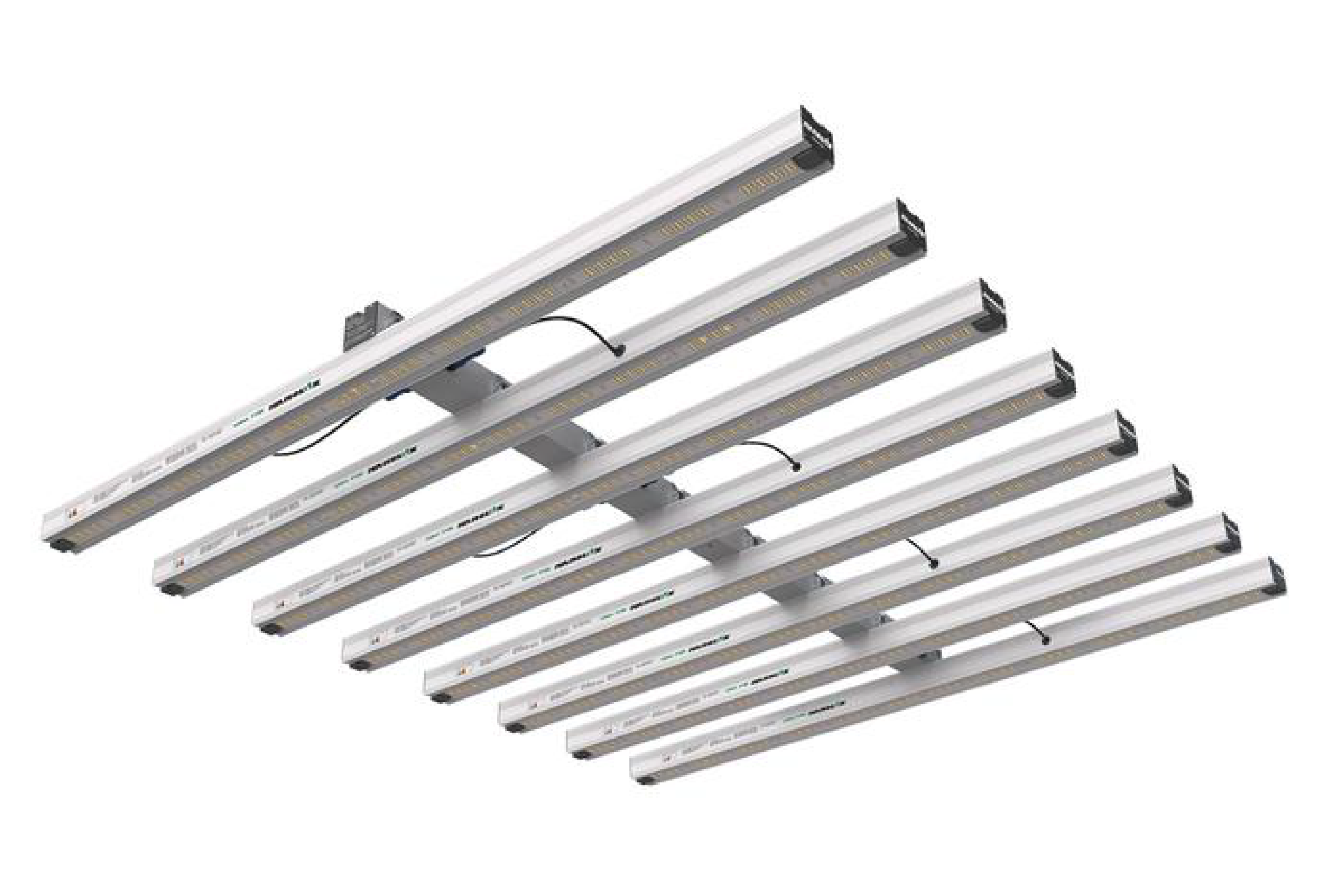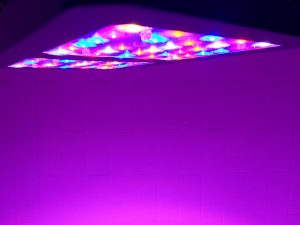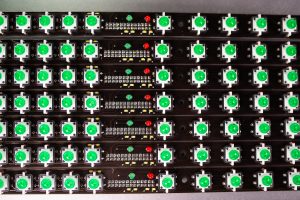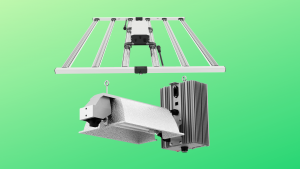Do you know you can improve your garden with the use of proper lighting? The common believe is that lighting is too expensive and the business is complicated. But in reality all those are misconceptions, anyone with a small or large garden can benefit from the best grow lights in the business.
Does the climate in your environment not favorable for your plant growth? Are your vegetables are not big and tasty enough in your garden? Don’t be discouraged. This article will open your eyes to some important tips on how lighting can make a difference.
Going online and searching through the internet for resourceful information can be daunting and challenging too. I am glad you didn’t give up until you found this article. This article is a perfect piece that will guide you on how lighting will make a difference in your indoor gardening. Read through as I take you through the journey of indoor gardening. We will explore together the light spectrum needed for growing plants and give you all the information and advice on starting your garden.
HOW DOES IT WORK?
A grow light is a light that helps your plants flourish and grow in a place where there’s no natural light. You probably might be living in a country or place where there’s a shorter amount of daylight hours at certain times of the year or maybe your garden is inside where natural sunlight doesn’t reach. This is when a grow light will be needed to help you keep your plants fresh and healthy. The right amount of light is very important for plant survival. A grow light will copy the spectrum of light that is quite the same as to our sun, but you can get specific light to boost a specific plant of yours in order to maximice the growth of the plant or the speed for blooming.
COLOR
Different color of light does different things for different plants. There are lots of misguided information out there. Different light has different colors, strengths, and combinations. From what science has shown us, plants need only two colors of light, and that is red and blue. The LED’s needed to grow your plant is a red LED, UV LED, or a blue LED. The reason behind this is because all green light absorbs UV light, red, blue, and infrared spectrum. The yellow and green are not so important. It doesn’t mean that yellow and green are useless, but it means that you’ll get the desired result when you use blue and red light.
LIES TOLD ABOUT GROWING PLANTS UNDER LIGHTS
As it was mentioned above that there are lots of misguided information and myths around growing your plants using light. Most of them are not true. Below are some important and essential facts you need to know and take note of.
- HID lamps don’t give off better penetration or more heat. Bulbs that are made to the same wattage gives out the same amount of heat to each other. If you want more heat, you should get a bigger wattage. The main difference between an HID bulb, incandescent bulb, and a fluorescent bulb is the packing of heat into a more concentrated area. It will feel hotter in the area around the bulb, but the heat circulation will be less.
- There is also some untrue fact around saying that red light makes your light flower and blue light help your plant grow. This notion is very wrong. A plant needs both lights to develop properly and grow at its best.
- Another wrong fact is that putting your plant on a windowsill won’t give your plant sufficient light, so you should make use of a grow light. A natural source is far better than any light system. This applies to direct sunlight too, but if your light will be less in winter or your window doesn’t get light, you should opt for artificial light.
THE DEGREE OF STRENGTH FOR DIFFERENT PLANTS
Plants need light to survive, but too much light can damage and kill them. You must look well at the plant you want to grow and find ways to balance the amount of light and heat that’s needed.
For instance, a tomato plant will grow well in very hot weather. Putting them in direct sunlight is a good idea as they are made to suit the weather. But with a tomato plant, you will have to watch how intense your light is.
If you’re so worried about the heat, then the best option is the fluorescent bulb. They give or emit enough light while they remain cool. Most gardeners like to use fluorescent lights if they’re trying to propagate seedling and young sprout plants. This is because these plants need all the light they can get to photosynthesize very quickly and grow strong, but be careful; they cannot cope with a high amount of heat. - HOW LONG SHOULD YOU PUT ON THE LIGHT?
You should aim around 14 to 16 hours of light each day. Just as it is important for your plant to get light, it’s also important that you allow your plants to get rest off the light overnight. Plants should get about 8 hours of darkness, so most times, most gardeners set up a timer to switch on and off the light at a scheduled time. Another important thing to bear in mind is, move and adjust your light as your plant grows and blossoms. Endeavor to fix your light in a way that it would be adjustable. As your plants grow bigger, you’ll need to move the light away from it. Consistency is very paramount when using light to grow plants indoor.
DECIDING ON A GROW LIGHT FOR YOUR PLANT
It can be confusing and challenging to decide whether to use grow light. However, if you’re very familiar with the process (since there are different light out there in the market), you will get the right one. The main and primary types of light are fluorescent, HID, LED, incandescent, and Halide bulbs.
CONCLUSION
I hope you found this article very informative, insightful, and helpful. And I’m sure you now know and understand how to start planting your indoor garden. Don’t forget to choose your light bulbs carefully, and with these tips in mind, you’ll be creating giant vegetables in no time.




